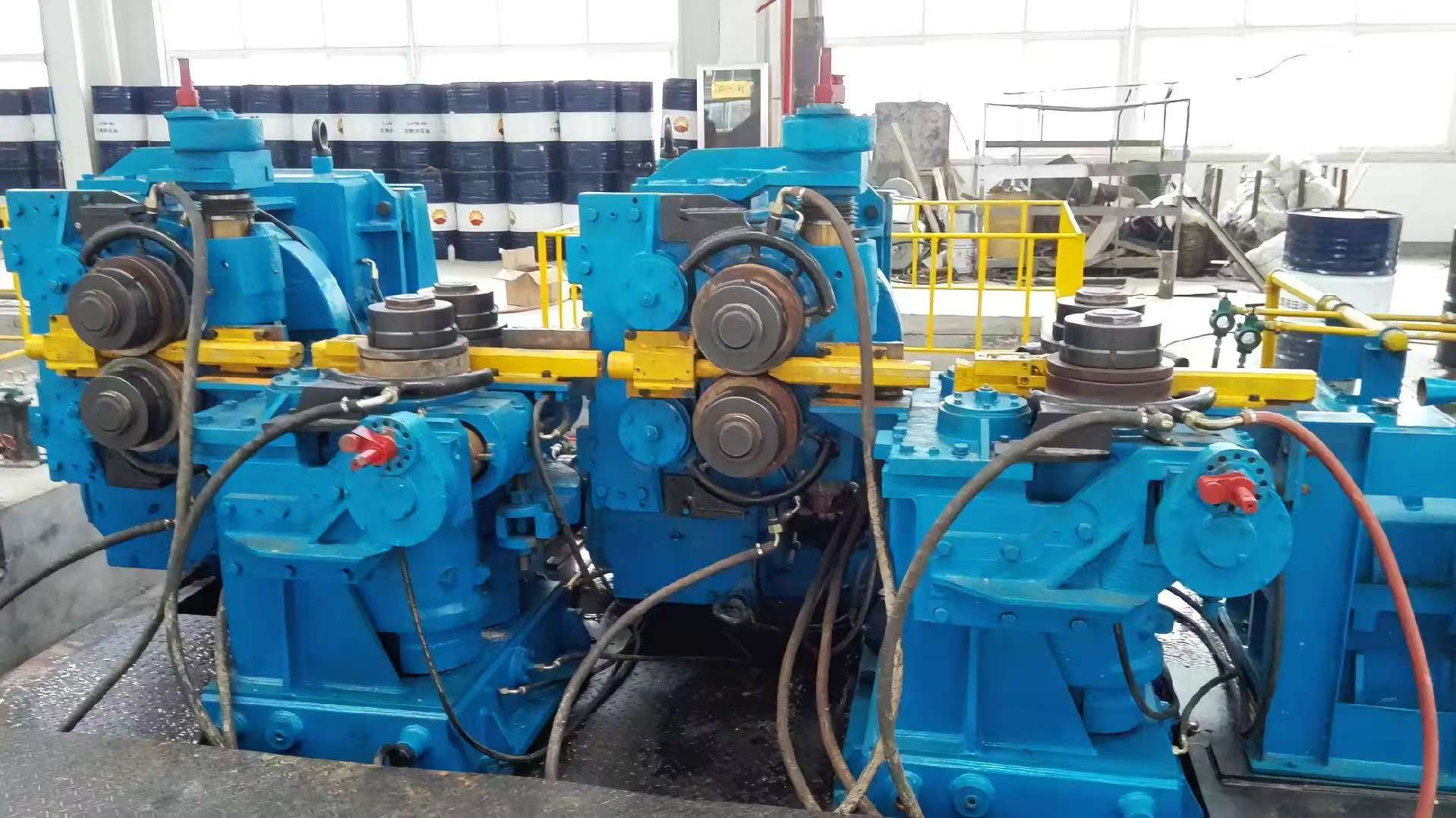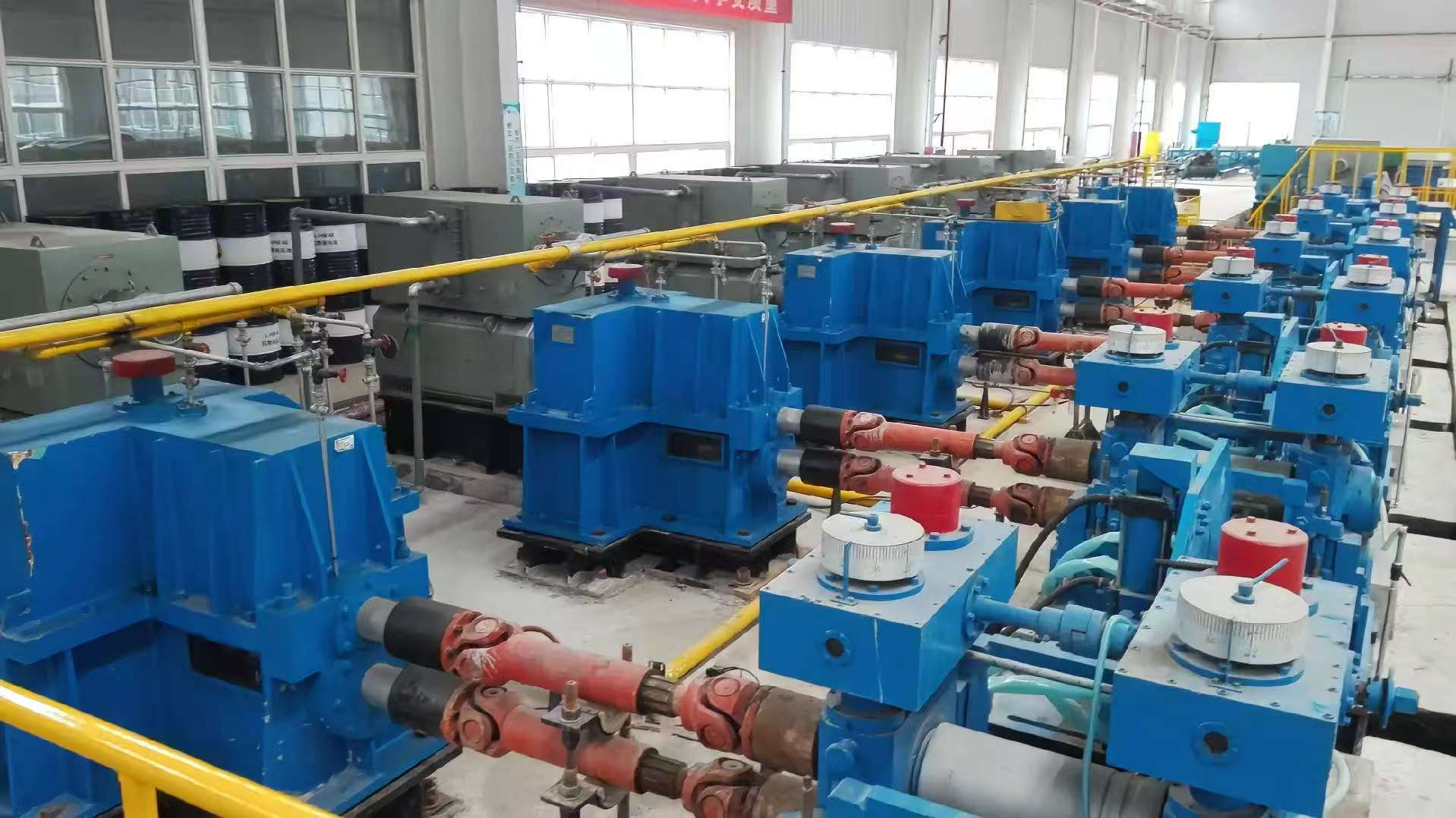Rebar is a steel bar with ribbed surface, also known as ribbed steel bar, usually with 2 longitudinal ribs and horizontal ribs evenly distributed along the length direction. The shape of the transverse rib is spiral shape, herringbone shape and crescent. The shape of transverse ribs is spiral, herringbone and crescent. Nominal diameter expressed in millimeters. The nominal diameter of the ribbed steel bar is equivalent to the nominal diameter of the plait round steel bar with equal cross-section. The nominal diameter of the rebar is 8 to 50 millimeters, and the recommended diameters are 8, 12, 16, 20, 25, 32 and 40 millimeters.
Ribbed steel bars are mainly subjected to tensile stresses in concrete. Ribbed steel bars have a greater bonding capacity with concrete due to its ribs, and thus can better sustain external forces. Ribbed rebar is widely used in all kinds of building structures, especially large, heavy, light thin-walled and high-rise building structures. Rebar is produced in mini mills, the main types of which are: continuous, semi-continuous and transverse. At present, the majority of new and in-use fully continuous small mills that are used in world today. Today's popular steel mill has a general high-speed rolling of the steel mill and 4 cuts of high yield steel mill. Continuous small mill’s billet usually are continuous casting billet. Its side length is generally 130 ~ 160mm, the length is generally in the 6 ~ 12 meters, and billet single weight 1.5 ~ 3 tons. Rolling line is mostly horizontal - vertical alternating arrangement, to realize the whole line of non-twisting rolling. According to different billet specifications and finished product size of 18, 20, 22, 24 stands of small mills, and 18 stands for the mainstream. At present, the bar rolling has more stepping heating furnace, high-pressure water descaling, low-temperature rolling, endless rolling and other new technologies. Roughing rolling and medium rolling should adapts to the direction of large billets and improve rolling precision. Finishing mill is mainly to improve the accuracy and speed (up to 18m / s). Product specifications are generally ф10 to 40mm, there are also ф6 to 32mm or ф12 to50mm. The steel grades produced are low, medium and high carbon steel and low alloy steel, which are required by the market in large quantities. The maximum rolling speed is 18m/s.




